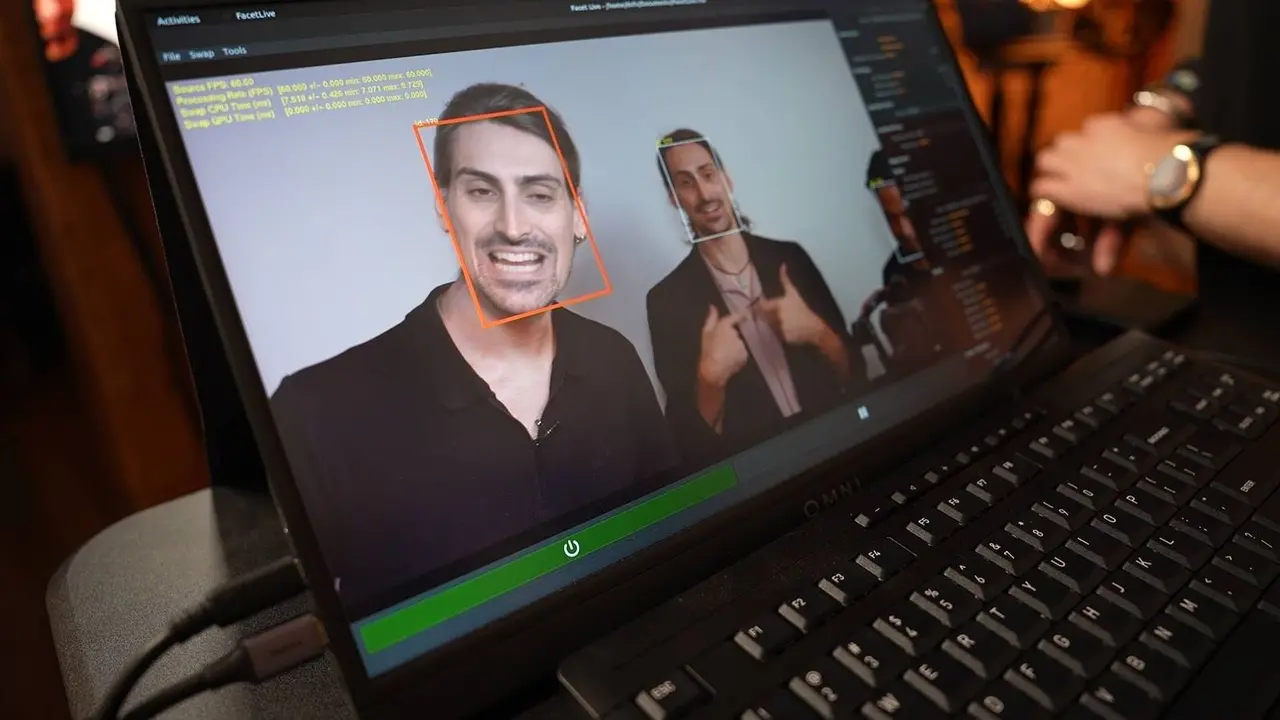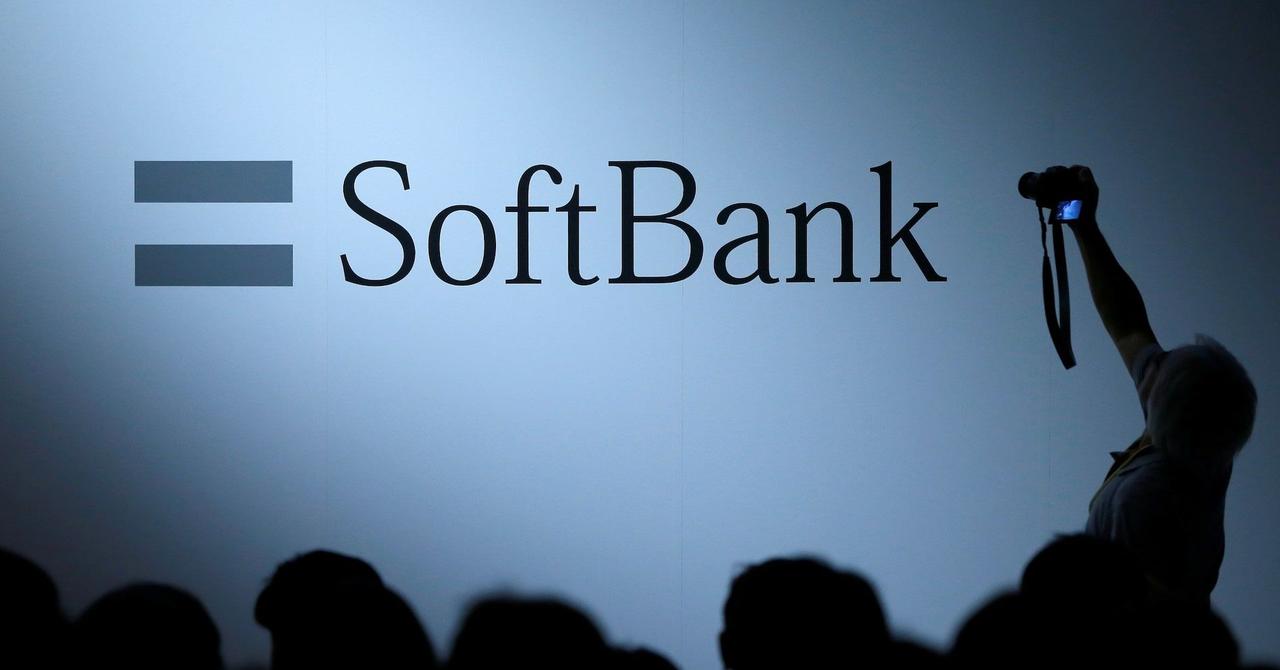Hollywood's AI Embrace: A Double-Edged Sword for the Film Industry
3 Sources
3 Sources
[1]
Hollywood's pivot to AI video has a prompting problem
Charles Pulliam-Moore is a reporter focusing on film, TV, and pop culture. Before The Verge, he wrote about comic books, labor, race, and more at io9 and Gizmodo for almost five years. It has become almost impossible to browse the internet without having an AI-generated video thrust upon you. Open basically any social media platform, and it won't be long until an uncanny-looking clip of a fake natural disaster or animals doing impossible things slides across your screen. Most of the videos look absolutely terrible. But they're almost always accompanied by hundreds, if not thousands, of likes and comments from people insisting that AI-generated content is a new art form that's going to change the world. That has been especially true of AI clips that are meant to appear realistic. No matter how strange or aesthetically inconsistent the footage may be, there is usually someone proclaiming that it's something the entertainment industry should be afraid of. The idea that AI-generated video is both the future of filmmaking and an existential threat to Hollywood has caught on like wildfire among boosters for the relatively new technology. The thought of major studios embracing this technology as is feels dubious when you consider that, oftentimes, AI models' output simply isn't the kind of stuff that could be fashioned into a quality movie or series. That's an impression that filmmaker Bryn Mooser wants to change with Asteria, a new production house he launched last year, as well as a forthcoming AI-generated feature film from Natasha Lyonne (also Mooser's partner and an advisor at Late Night Labs, a studio focused on generative AI that Mooser's film and TV company XTR acquired last year). Asteria's big selling point is that, unlike most other AI outfits, the generative model it built with research company Moonvalley is "ethical," meaning it has only been trained on properly licensed material. Especially in the wake of Disney and Universal suing Midjourney for copyright infringement, the concept of ethical generative AI may become an important part of how AI is more widely adopted throughout the entertainment industry. However, during a recent chat, Mooser stresses to me that the company's clear understanding of what generative AI is and what it isn't helps set Asteria apart from other players in the AI space. "As we started to think about building Asteria, it was obvious to us as filmmakers that there were big problems with the way that AI was being presented to Hollywood," Mooser says. "It was obvious that the tools weren't being built by anybody who'd ever made a film before. The text-to-video form factor, where you say 'make me a new Star Wars movie' and out it comes, is a thing that Silicon Valley thought people wanted and actually believed was possible." In Mooser's view, part of the reason some enthusiasts have been quick to call generative video models a threat to traditional film workflows boils down to people assuming that footage created from prompts can replicate the real thing as effectively as what we've seen with imitative, AI-generated music. It has been easy for people to replicate singers' voices with generative AI and produce passable songs. But Mooser thinks that, in its rush to normalize gen AI, the tech industry conflated audio and visual output in a way that's at odds with what actually makes for good films. "You can't go and say to Christopher Nolan, 'Use this tool and text your way to The Odyssey,'" Mooser says. "As people in Hollywood got access to these tools, there were a couple things that were really clear -- one being that the form factor can't work because the amount of control that a filmmaker needs comes down to the pixel level in a lot of cases." To give its filmmaking partners more of that granular control, Asteria uses its core generative model, Marey, to create new, project-specific models trained on original visual material. This would, for example, allow an artist to build a model that could generate a variety of assets in their distinct style, and then use it to populate a world full of different characters and objects that adhere to a unique aesthetic. That was the workflow Asteria used in its production of musician Cuco's animated short "A Love Letter to LA." By training Asteria's model on 60 original illustrations drawn by artist Paul Flores, the studio could generate new 2D assets and convert them into 3D models used to build the video's fictional town. The short is impressive, but its heavy stylization speaks to the way projects with generative AI at their core often have to work within the technology's visual limitations. It doesn't feel like this workflow offers control down to the pixel level just yet. Mooser says that, depending on the financial arrangement between Asteria and its clients, filmmakers can retain partial ownership of the models after they're completed. In addition to the original licensing fees Asteria pays the creators of the material its core model is trained on, the studio is "exploring" the possibility of a revenue sharing system, too. But for now, Mooser is more focused on winning artists over with the promise of lower initial development and production costs. "If you're doing a Pixar animated film, you might be coming on as a director or a writer, but it's not often that you'll have any ownership of what you're making, residuals, or cut of what the studio makes when they sell a lunchbox," Mooser tells me. "But if you can use this technology to bring the cost down and make it independently financeable, then you have a world where you can have a new financing model that makes real ownership possible." Asteria plans to test many of Mooser's beliefs in generative AI's transformative potential with Uncanny Valley, a feature film to be co-written and directed by Lyonne. The live-action film centers on a teenage girl whose shaky perception of reality causes her to start seeing the world as being more video game-like. Many of Uncanny Valley's fantastical, Matrix-like visual elements will be created with Asteria's in-house models. That detail in particular makes Uncanny Valley sound like a project designed to present the hallucinatory inconsistencies that generative AI has become known for as clever aesthetic features rather than bugs. But Mooser tells me that he hopes "nobody ever thinks about the AI part of it at all" because "everything is going to have the director's human touch on it." "It's not like you're just texting, 'then they go into a video game,' and watch what happens, because nobody wants to see that," Mooser says. "That was very clear as we were thinking about this. I don't think anybody wants to just see what computers dream up." Like many generative AI advocates, Mooser sees the technology as a "democratizing" tool that can make the creation of art more accessible. He also stresses that, under the right circumstances, generative AI could make it easier to produce a movie for around $10-20 million rather than $150 million. Still, securing that kind of capital is a challenge for most younger, up-and-coming filmmakers. One of Asteria's big selling points that Mooser repeatedly mentions to me is generative AI's potential to produce finished works faster and with smaller teams. He framed that aspect of an AI production workflow as a positive that would allow writers and directors to work more closely with key collaborators like art and VFX supervisors without needing to spend so much time going back and forth on revisions -- something that tends to be more likely when a project has a lot of people working on it. But, by definition, smaller teams translates to fewer jobs, which raises the issue of AI's potential to put people out of work. When I bring this up with Mooser, he points to the recent closure of VFX house Technicolor Group as an example of the entertainment industry's ongoing upheaval that began leaving workers unemployed before the generative AI hype came to its current fever pitch. Mooser was careful not to downplay that these concerns about generative AI were a big part of what plunged Hollywood into a double strike back in 2023. But he is resolute in his belief that many of the industry's workers will be able to pivot laterally into new careers built around generative AI if they are open to embracing the technology. "There are filmmakers and VFX artists who are adaptable and want to lean into this moment the same way people were able to switch from editing on film to editing on Avid," Mooser says. "People who are real technicians -- art directors, cinematographers, writers, directors, and actors -- have an opportunity with this technology. What's really important is that we as an industry know what's good about this and what's bad about this, what is helpful for us in trying to tell our stories, and what is actually going to be dangerous." What seems rather dangerous about Hollywood's interest in generative AI isn't the "death" of the larger studio system, but rather this technology's potential to make it easier for studios to work with fewer actual people. That's literally one of Asteria's big selling points, and if its workflows became the industry norm, it is hard to imagine it scaling in a way that could accommodate today's entertainment workforce transitioning into new careers. As for what's good about it, Mooser knows the right talking points. Now he has to show that his tech -- and all the changes it entails -- can work.
[2]
Runway's AI transformed films. The $3 billion startup's founders have a bold, new script: building immersive worlds
Artists like Claude Monet, Pierre-Auguste Renoir, and Edgar Degas were ridiculed, their work described by critics as "base," "unfinished," and the worst thing to ever happen to art. A commercial flop, the exhibition saw 3,500 visitors, who mostly sauntered by to express horror at the plain frames and individual brushstrokes. About a decade later, Georges Seurat would start A Sunday Afternoon on the Island of La Grande Jatte. Seven feet tall and ten feet wide, Sunday would become the most famous example of an Impressionist offshoot technique, pointillism. Sunday's central conceit was simple -- one detailed image of a bustling afternoon at a Parisian park on the Seine. If you looked closely, you could see distinct spots of color and light that zoomed out into parasols, instruments, hats, humans, and a monkey on a leash. Each image could be unraveled, deconstructed into individual dots -- the pixels of an analog age. And there's a direct throughline between Seurat and the Impressionists and Total Pixel Space, the winning film at this month's Runway AI Film Festival (AIFF). "Pixels are the building blocks of digital images, tiny tiles forming a mosaic," the film's velvety voiceover says. "Each pixel is defined by numbers representing color and position. Therefore, any digital image can be represented as a sequence of numbers...Therefore, every photograph that could ever be taken exists as coordinates. Every frame of every possible film exists as coordinates. Every face that could ever be seen exists as coordinates. To deny this would be to deny the existence of numbers themselves." Jacob Adler, who made Total Pixel Space, is a classically-trained musician and composer, a multidisciplinary artist rendered a filmmaker by advances in AI. Adler worked on the film for more than a year, generating tens of thousands of images along the way, inspired by Jorge Luis Borges's short story "The Library of Babel" and the miracle of making sense in a random, vast world. "I was fascinated by the act of generating these images, and it spawned all these philosophical questions," said Adler. "In this vast combinatorial space of language, the overwhelming majority of combinations of letters are gibberish and nonsense. So, apply that to digital imagery: How many images can possibly exist? And how many of these images are incomprehensible noise? I tried expressing this idea in other media, and it just failed. But it came together as a short AI film." Runway, the $3 billion AI video startup, has hosted the AIFF since 2023 to showcase short films made with AI. This year's festival -- won by Total Pixel Space -- marked a major leap: from 300 submissions in small NYC theaters in 2023 to a sold-out Lincoln Center show with 6,000 submissions, drawing an international crowd. Runway didn't pick the winner -- a panel of judges, including directors Harmony Korine and Gaspar Noe, made the call -- but Total Pixel Space reflects how Runway is thinking about its own future: AI-generated experiences that don't just tell stories but build worlds. "We're going to have all these new forms of media that go beyond film and games, that exist in all the spaces in-between," said Anastasis Germanidis, Runway CTO and cofounder. "Some of it might look more like immersive theater productions, where there's a fixed storyline, but you can kind of move around, experiencing it from different perspectives." Germanidis added: "Imagine these models get really good at generating realistic depictions of reality, and you have a world where you can essentially simulate most of what we care about as we navigate the world. That's going to be both a very important piece of solving problems. Germanidis is thinking about world simulation as a principle more than anything else; one that could be applied not just to stories, but to biology, robotics, and physics. It's distinctly about finding ways to mimic not just humans, but physics and biology. "We want to be able to simulate pretty much every instruction you have in the physical world," said Cristóbal Valenzuela, CEO and cofounder of Runway. "We know that's coming...AI labs have been very obsessed with simulating the human mind. But I think that might be the wrong approach long-term. What you want to do is not simulate how humans work, but how the world works." We're seeing the beginnings of this strategy play out this week, as Runway plans to launch an interactive gaming experience, marking a push into the gaming market. The product right now is text and image generation, but is expected to become increasingly visual over time. How this all will ultimately lead to world-building applications is hazy -- and that's part of the point. "If you have a predetermined way of getting there, it's too late and it's obvious," Valenzuela said. "For me, it goes back to how creative [something is].... If you're not involved in creative acts, you don't understand. Most people who have any form of creative expression within their work know that when they start, they don't exactly know where they're heading. You're putting yourself in a very vulnerable position to just explore everything. Then, eventually you'll know by experience that you will have to land somewhere." Runway has no shortage of competition in AI video generation -- including but not limited to OpenAI's Sora, Stability AI, Moonvalley, and Pika Labs. And Runway is in the position where they must continue to distinguish themselves in order to compete. The company has raised more than $500 million to date from investors like General Atlantic, SoftBank, Nvidia, Salesforce Ventures, Felicis, and Coatue. Meta reportedly approached Runway in an attempt to acquire the company before dropping billions on Scale AI this summer. The history of art is a history of technological disruption, from the invention of the printing press to the advent of "talkies" in the 1920s. Job displacement is, of course, part of that story -- and always has been. "Before the printing press, it was all monks and people who knew how to share specific stories," said Valenzuela. "Then, with the printing press, more people could read and write, which was treated as an apocalyptic event." This is true: When the printing press was invented in 1440 and adoption of the technology spread, religious authorities worried about losing control, and guilds of scribes were displaced. But a world of people could now read, and stories could scale. Valenzuela brings up another example, this one infused with a comically droll element: "Before alarm clocks were invented, you'd hire a guy who came to your door, at the time you wanted, and throw up a stone to your window," said Valenzuela. "That was a job. What else were you going to do if you didn't have family around and needed to wake up?" In 19th-century Britain and Ireland, these people were called "knocker-uppers." They'd tap on windows with long sticks or shoot peas at windows to wake workers for shifts. Once alarm clocks were invented, it became natural for people to just, well, use alarm clocks. As AI comes tapping at Hollywood windows, a trend that Valenzuela is directly involved in, the industry reaction has been fraught -- even as people secretly use it. "It's been a little dirty secret, because whether it's Runway or, you know, he does have a little competition," said Michael Burns, vice chair at Lionsgate onstage at AIFF, gesturing to Valenzuela. "We believe that this tool is being used by everybody that doesn't talk about the fact that they're using it." Runway's Germanidis says there are three phases of technological art evolution: getting the technology to work, imitating existing art forms, and then creating unique forms. We're just starting to "enter that third stage with, like generative generative models," he said. That's not to say, of course, that everything should be AI -- for Adler, an artist whose practice has fundamentally expanded with AI, is very clear that some things (like surrealistic images and philosophical concepts) are well-suited to AI, whereas other material (like complex human interactions) isn't. "I look at [AI] as a tool, but I don't know yet if I'm convinced that it's a new genre," said Adler. "There are things I can produce with cameras that are impossible with AI and vice versa -- things I can do with AI that are impossible with cameras." That alone is an incredible phenomenon that speaks to excitement, and fear, that Runway and its video AI rivals are already causing throughout the worlds of art, media, and entertainment. For Runway's founders however, the real payoff of their AI vision, if they can pull it off, will extend far beyond the screen, existing as something spectacular, immersive -- and probably unrecognizable.
[3]
Is this Hollywood's moment of AI reckoning?
For some in Hollywood, as Silicon Valley's AI models have become impossible to ignore, it's better to have a seat at the table as these new technologies emerge, rather than sitting back and letting the tech titans take full control. This, at least, is the impetus behind Asteria, the generative AI studio cofounded by the filmmaking couple of Bryn Mooser and Natasha Lyonne, who promote their company as using "ethical" AI. Lyonne has justified her embrace of the technology by explaining: "It's better to get your hands dirty than pretend it's not happening." The company has faced some backlash, both because Lyonne (tastelessly, her detractors would argue) claimed the late David Lynch had endorsed AI, and because its flagship model is proprietary -- meaning we have no way to verify that it is indeed trained only on licensed material (as Lyonne and co. say it is). Meanwhile, James Cameron is on Stability AI's board, and has expressed his hope for using AI to make blockbuster filmmaking cheaper. Jason Blum's Blumhouse Productions has partnered with Meta for AI testing and chatbots. Lionsgate signed a deal with Runway, an AI startup valued at $3 billion, to let the company train its model on the studio's 20,000+ films and TV series; Runway also signed a deal with AMC. This embrace of AI, though, puts the James Camerons and Natasha Lyonnes of the world at odds with industry peers who are opting to push back on these would-be robot overlords before they take over.
Share
Share
Copy Link
As AI technology advances, Hollywood faces a dilemma between embracing its potential and protecting traditional filmmaking. Some industry leaders are partnering with AI companies, while others push back against the technology's rapid integration.
Hollywood's AI Dilemma: Embrace or Resist?
The film industry is at a crossroads as artificial intelligence (AI) technology rapidly advances, forcing Hollywood to confront a crucial question: should it embrace AI's potential or resist its integration? This dilemma has created a rift within the industry, with some leaders eagerly partnering with AI companies while others push back against the technology's rapid adoption
3
.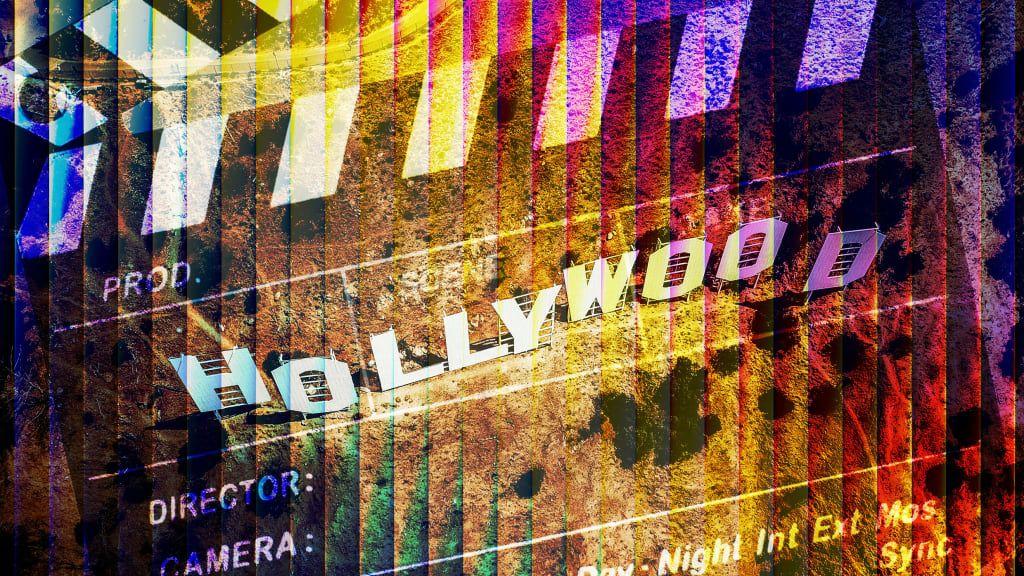
Source: Fast Company
The AI Enthusiasts: Partnerships and Innovations
Several high-profile figures in Hollywood are taking a proactive approach to AI integration. Bryn Mooser and Natasha Lyonne have cofounded Asteria, a generative AI studio that claims to use "ethical" AI trained only on licensed material
1
3
. Lyonne argues that "It's better to get your hands dirty than pretend it's not happening," highlighting the belief that involvement is crucial to shaping AI's role in filmmaking3
.Other notable partnerships include:
- James Cameron joining Stability AI's board
- Jason Blum's Blumhouse Productions partnering with Meta for AI testing and chatbots
- Lionsgate signing a deal with Runway, allowing the AI startup to train its model on the studio's vast library of films and TV series
3
The AI Skeptics: Concerns and Pushback
Despite the enthusiasm from some quarters, there are significant concerns about AI's impact on the film industry. Critics argue that AI-generated content often looks "absolutely terrible" and lacks the nuance and quality of human-created work
1
. There are also worries about job displacement and the potential loss of creative control for filmmakers.Asteria: A New Approach to AI in Filmmaking
Asteria, founded by Bryn Mooser, aims to address some of these concerns by offering a more tailored approach to AI in filmmaking. Unlike text-to-video models that promise to create entire movies from prompts, Asteria focuses on creating project-specific models trained on original visual material
1
. This approach allows for greater control and customization, potentially bridging the gap between AI capabilities and filmmakers' needs.Runway: Building Immersive Worlds
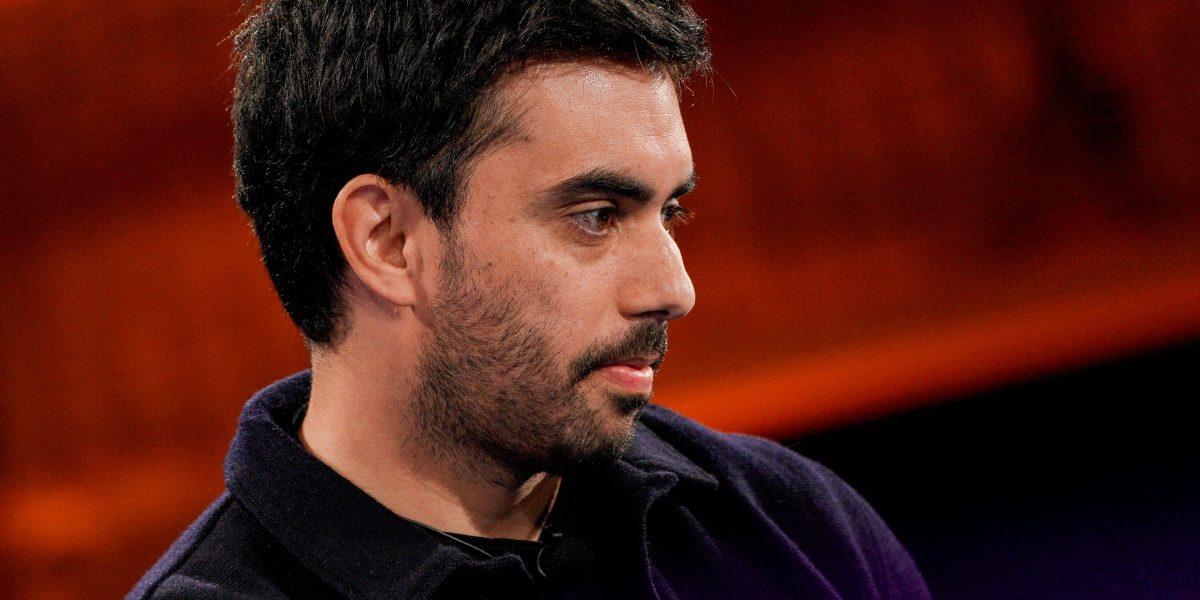
Source: Fortune
Runway, a $3 billion AI video startup, is pushing the boundaries of what's possible with AI in filmmaking. The company's annual AI Film Festival showcases short films made with AI, demonstrating the technology's creative potential
2
. Runway's founders envision a future where AI can create immersive experiences that go beyond traditional films and games, potentially revolutionizing storytelling and world-building2
.Related Stories
The Ethical and Legal Challenges
As AI becomes more prevalent in filmmaking, ethical and legal questions arise. Disney and Universal have sued Midjourney for copyright infringement, highlighting the need for "ethical" generative AI that respects intellectual property rights
1
. The proprietary nature of some AI models, like Asteria's, also raises questions about transparency and verification of ethical claims3
.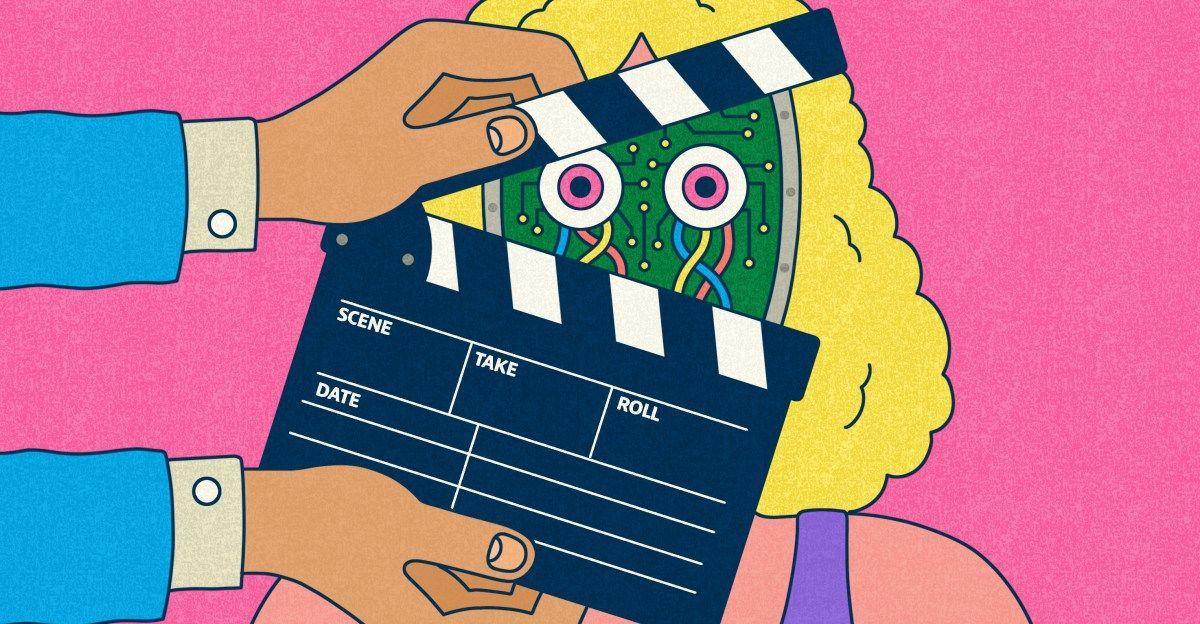
Source: The Verge
The Future of AI in Hollywood
The integration of AI in Hollywood is likely to continue, but its exact form remains uncertain. Some envision AI as a tool to make blockbuster filmmaking cheaper and more efficient
3
, while others see it as a means to create entirely new forms of media and storytelling2
.As the debate continues, one thing is clear: AI is forcing Hollywood to reimagine its creative processes, business models, and the very nature of storytelling itself. The industry's response to this technological revolution will shape the future of entertainment for years to come.
References
Summarized by
Navi
[3]
Related Stories
Hollywood's Cautious Embrace of AI: Promises, Challenges, and Industry Concerns
18 Oct 2024•Technology

AI in Filmmaking and Art: A Creative Evolution or Disruption?
23 May 2025•Technology
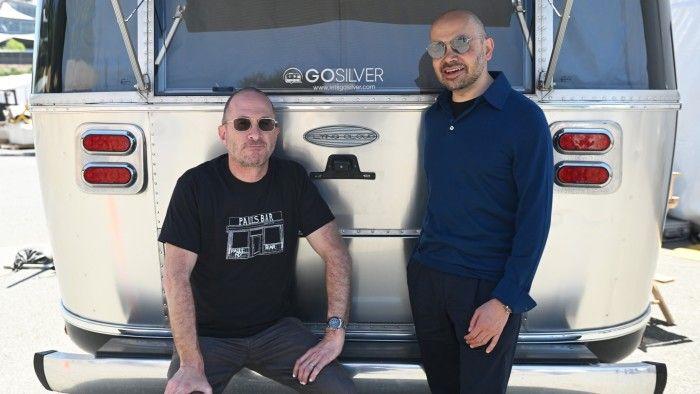
Disney and Universal Sue AI Company Midjourney: A Landmark Battle for Hollywood's Future
13 Jun 2025•Entertainment and Society

Recent Highlights
1
Meta acquires Manus for $2 billion, adding revenue-generating AI agents to its platforms
Business and Economy

2
Nvidia locks in $20 billion Groq deal, securing AI chip rival's technology and talent
Business and Economy

3
Geoffrey Hinton warns AI job replacement will accelerate in 2026 as systems gain new capabilities
Technology

